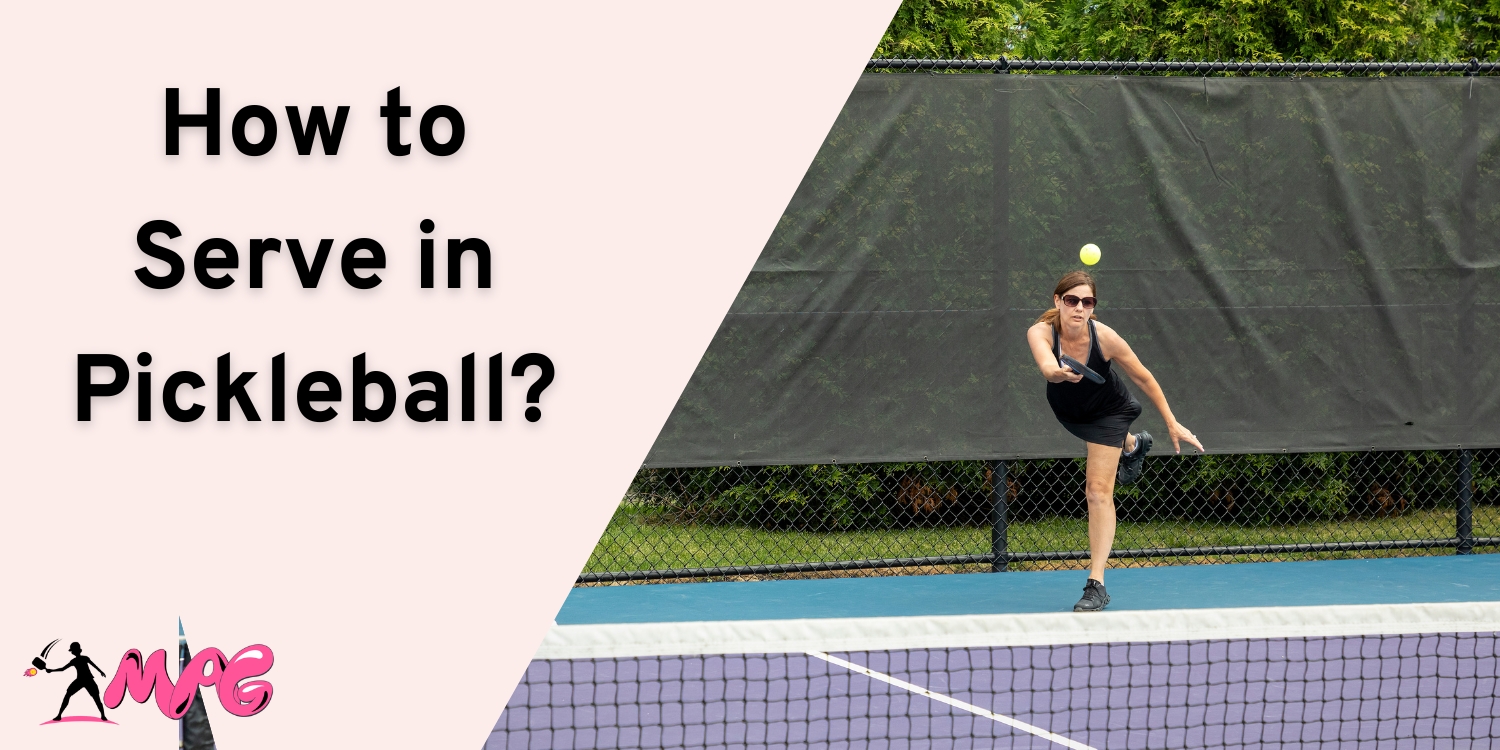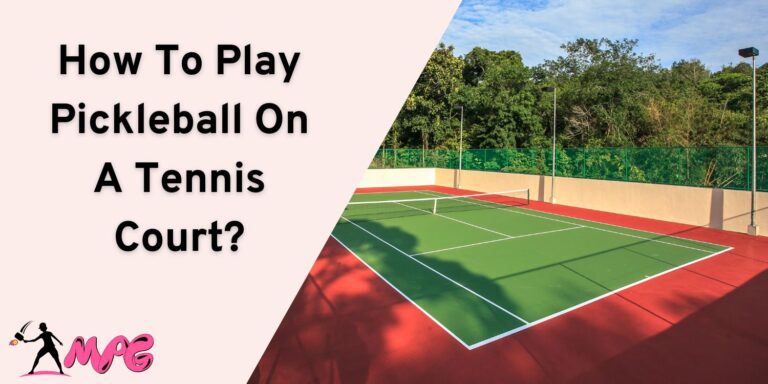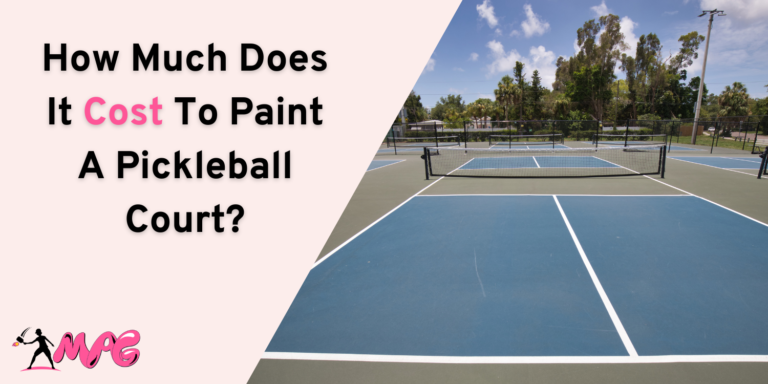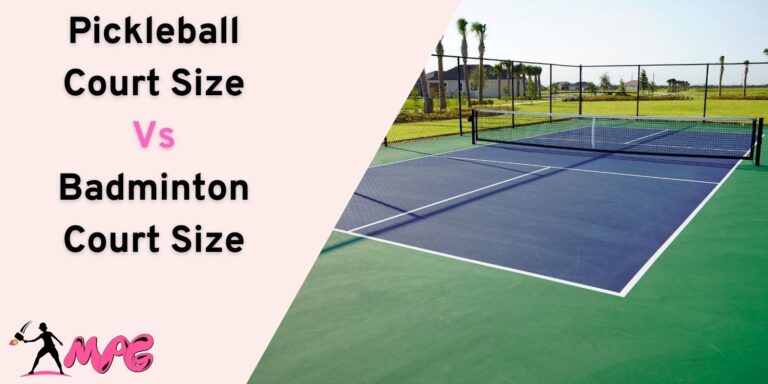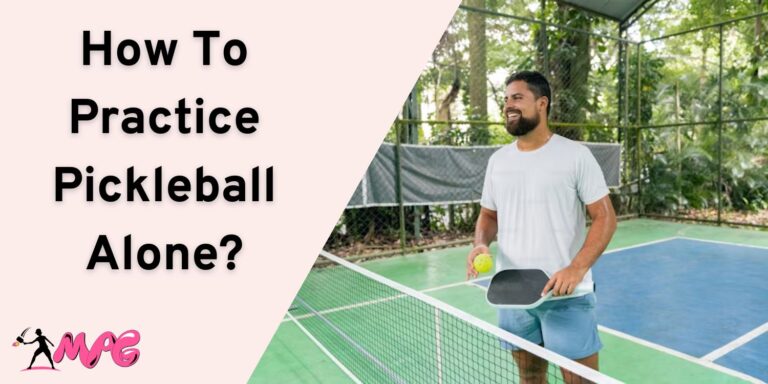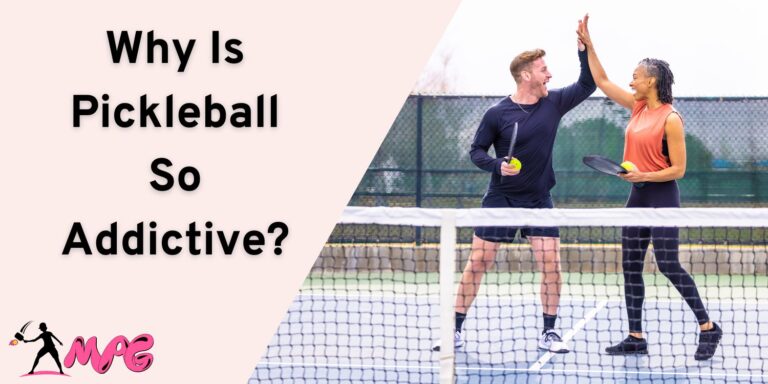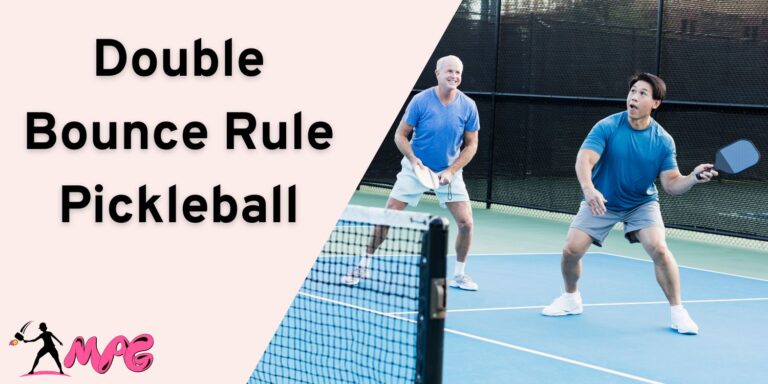How to Serve in Pickleball?
Every day we ought to learn something new and there is no shame in it, whether you are new to a field or a seasoned veteran, chances of learning and evolving something about a sport will certainly give you a competitive edge over your opponent.
Matter of fact, even if it’s something as basic as learning serve in pickleball, if you aren’t really good at it or simply want to polish your skills, the chances of flattening the learning curve are drastically increased.
Speaking of which, I will be shedding some light on this topic while listing all the preliminaries and rules required for a legal serve because obviously, without learning serve rules, you are going to end up with heaps of faults and lose a couple of games along the way.
Basic Rules Of Pickleball Serve
Before we proceed to the main point, here are a couple of rules you need to acknowledge.
- When serving, both of your feet must be behind a baseline, touching anywhere above the baseline with your feet or even the tip of your shoes will result in a fault.
- Although, you are allowed to keep your one foot above the ground or even inside the baseline, make sure it never makes contact with the surface.
- Jumping to increase the intensity of the serve is a direct violation of the rules of the serve, so it’s in your best interest to stay still while serving.
- The service shot must be executed diagonally and in an underhand manner, make sure the service is done below the waste towards your opponent standing diagonally.
- Since this game has rules inherited from tennis, you can perform a drop serve by allowing the ball to drop and hit once it bounces off.
- On the flip side, when serving, throwing the ball isn’t allowed since it affects the altitude of the serve in correspondence with the weight.
- Keep in mind when serving, the ball is required to land at the other side of the court, instead of the 7 feet Non-Volley Zone.
How to Serve In Pickleball?
As per the rules, stand in front of the baseline and proceed to hit the serve with your dominant hand.
All three methodologies are perfectly applicable such as Continental, Western, and Eastern grip.
Start the service with either the drop serve or toss serve method and make sure you use the underhand method.
Hit the ball right below the waist and ensure it is a Non-Volley Zone.
That’s about it, that’s how you serve a ball in this sport.
Types Of Serve
The first service initiation is subdivided into three categories,
1. Flat Serve
Even though this type of serve might be seen as a regular form of serve, nevertheless, it’s effective if executed properly.
The best part about flat serve is that it holds plenty of momentum when executed in a straight trajectory, just make sure you land it deep in the court which will ensure your opponent stays away from the baseline.
Flat serves are amazing for strengthening your third shot especially when playing in a single format.
2. Slice Serve
As the name suggests, slice serve is more like slicing the air when hitting the ball to add a side spin to it.
An amazing strategy to confuse your opponent giving them minimal time to react.
If you manage to land the ball at the 40% part of the court with success, it’s safe to assume you are going to score a point right away.
3. Topspin Serve
It is the most extreme form of service and requires tons of practice. Topspin serve allows you to spin the ball inwards or backward across the net, further confusing the opponent.
When combined with other forms of strategy, topspin can work wonders.
However, due to its high-risk, high-reward nature, if you feel like your skill sets aren’t mature enough, you might as well be using the above form of services since they are easier to execute.
Types Of Hand Grip for Pickleball Serve
When serving to initiate a match, it is beneficial to adopt a signature grip. Typically there are three types of grip methodologies.
1. Western Grip
In this grip, you are supposed to hold the paddle firmly, with its top edge pointed towards the ground.
It is generally the most common form of grip among both casual and professional players.
2. Eastern Grip
Eastern grips let you master forehand shots since in this form of grip your paddle is perpendicular to the ground while your index finger lays across the bevel.
3. Continental Grip
The least demanding grip which surprisingly provides control and accuracy in both backhand and forehand shots.
It’s my personal favorite especially when serving in pickleball as the force executed allows a perfect trajectory with top-notch consistency all the time.
In this grip, keep the edge of the paddle across your palm while holding the paddle firmly.
Bottom Line
When getting into a new sport, it is wise to understand the ins and outs of its basic rules and methodologies, otherwise, you will have a hard time learning and adapting to its advanced techniques later down the road.
Knowing how to serve in pickleball and its intricacies such as the type of serves, rules, and grip types will help you reinforce your skills, paving a buttery smooth road for bigger leagues to play in the future.

